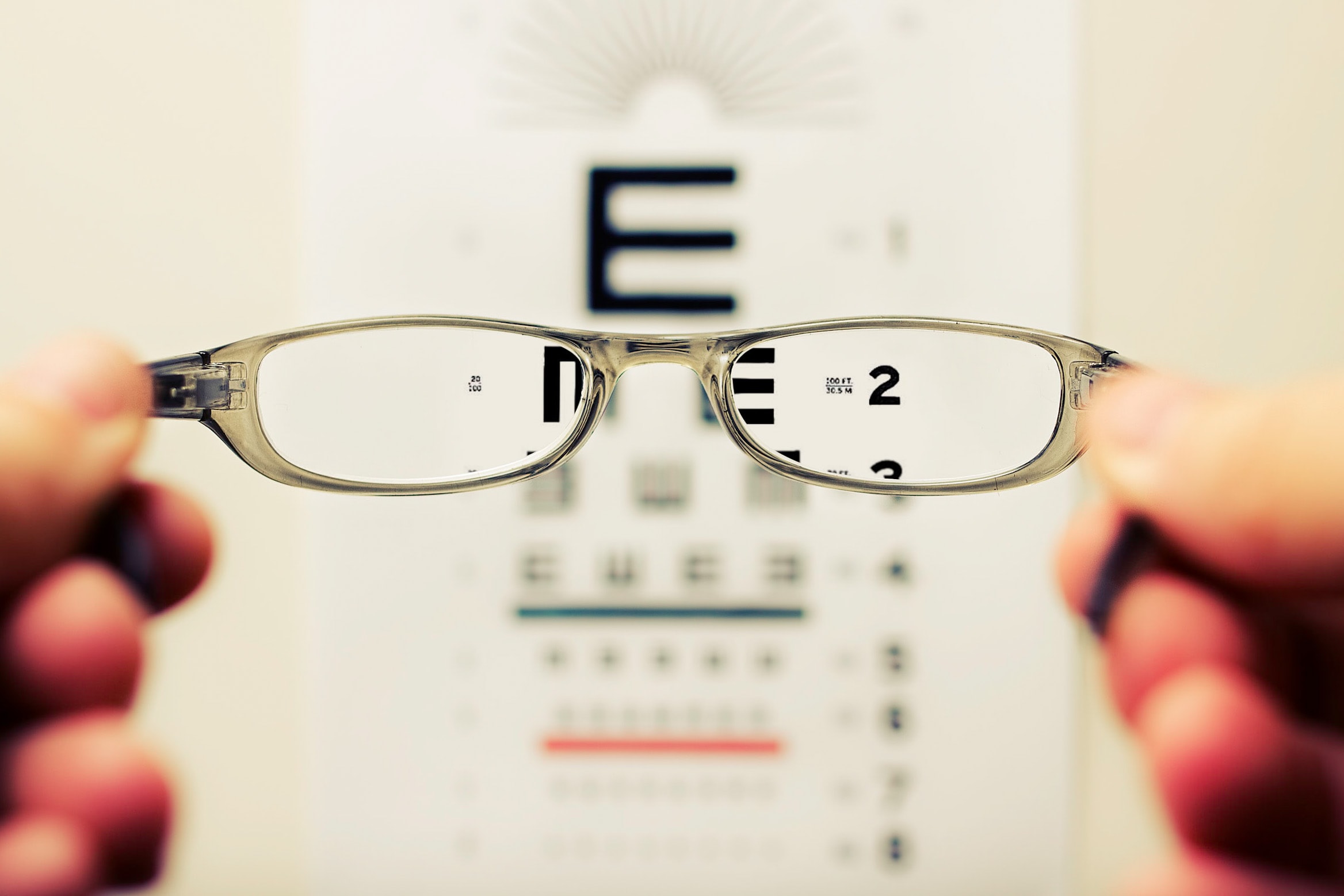Editor’s Note: As part of our “Year in Review” retrospective, we’ve selected the top 30 news stories of the year and are re-sharing them as we close out 2022. Follow along as we count down to number 1!
This story was originally published on February 17, 2022.
No. 26 biggest news story of 2022:
 |
| Accurately conducting and evaluating refraction tests may help avoid prescription errors. Photo: David Travis on Unsplash. |
Patients who experience problems with new glasses typically go back to their optometrist for a recheck and further assessment. This is not only time-consuming, but it may also take more of a toll on their wallet. In a recent study, researchers investigated non-tolerance cases to determine their likely causes and how they might have been avoided.
Patient dissatisfaction with new spectacles following an eye examination was found in 2.3% of eye examinations conducted, which equates to more than 0.5 million rechecks per year. A total of 83% were due to poor quality refractions, with minimal understanding shown of the importance of associating refractive correction change with symptoms and/or visual acuity (VA).
Of 242 recheck corrections, 40% were unsatisfactory, as they failed to address initial or recheck symptoms.
Many reasons were found for patient dissatisfaction. “Over-plusing/under-minusing was more than twice as likely to cause problems than under-plusing/over-minusing; cylinder errors were the most common cause of dissatisfaction and with oblique cylinder changes particularly implicated; presenting symptoms are often not being reconciled with changes in prescription and improvements in VA, and while practitioners may consider reports of dissatisfaction as ‘non-tolerance,’ an error in the determination of the prescription was nearly five-times more common than a non-tolerance to a prescription change,” the authors explained.
“Given that over-plus/under-minus was a much bigger proportion of prescription-related cases than over-minus/under-plus (26% vs. 11%), the refraction mantra of ‘maximum plus for maximum VA’ should be balanced by increased teaching of the problems of over-plusing and under-minusing and the use of prescribing guidelines,” the authors concluded.
They added that continuing development and training regarding the basics of the recheck examination, refraction, VA and prism determination is needed, and changes of oblique cylinders should be carefully considered in older patients since this was a common cause of non-tolerance in this population.
Lastly, they suggested an experienced clinician should examine all patients with non-tolerance and provide feedback to the original clinician.
Beesley J, Davey CJ, Elliott DB. What are the causes of non-tolerance to new spectacles and how can they be avoided? Ophthalmic Physiol Opt. January 17, 2022. [Epub ahead of print]. |

